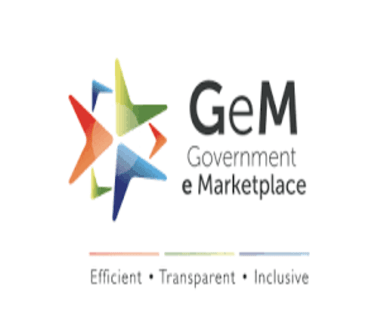The Union Ministry of Commerce and Industry recently notified the Patent (Amendment) Rules, 2024, aimed at streamlining the patent process, including simplifying the pre-grant opposition rules and revising fees for filing representations.
Key Points
- The notification was published even as over two dozen Civil Society Organisations (CSOs) opposed the amendments stating that it has a potential to significantly hinder access to medicines and medical products.
- Issuing the final notification on March 15, the Ministry said that the rules introduce several provisions aimed at simplifying the process of obtaining and managing patents, thereby facilitating a conducive environment for inventors and creators.
- It is expected to accelerate economic development of the nation through science and technology to fulfil the Viksit Bharat Sankalp.
Key Changes to the Patent Rules
- The period for submitting a Request for Examination (RFE) in a patent application has been shortened from 48 months to 31 months from the earliest priority date.
- The time restriction for providing foreign application filing details in Form 8 has been modified from six months from the date of filing to three months from the date of issuing of the first examination report.
- Patent applicants now need to furnish details of corresponding applications solely twice using Form 3.
- ‘Certificate of Inventorship’ acknowledges the contributions of inventors to patented innovations.
- A discount of 10% on renewal fees is offered if paid electronically in advance for a minimum of four years.
- The requirement to file statements of working patents has been reduced from annually to once every three financial years.
- The Controller is now empowered to extend specified periods and excuse delays for up to six months.
- Adjustments have been made to the time frames for submitting recommendations by an Opposition Board and the response period for applicants in both pre-grant and post-grant opposition procedures.
Patent Growth in India:
- Every 6 minutes one technology is seeking IP protection in India.
- In 2023, an all-time high of 90,300 patent applications were received.
- Patent office granted over one lakh Patents in the last one year (15-Mar-2023 to 14-Mar-2024). Every working day, 250 patents were granted
- The highest number of patents, 47,993, were granted in the electrical and related field of invention, followed by mechanical (37,714), chemical sciences (12,028) and Biotech (3,576) categories.
What is a Patent?
- A patent is the granting of a property right by a sovereign authority to an inventor.
- This grant provides the inventor exclusive rights to the patented process, design, or invention for a designated period in exchange for a comprehensive disclosure of the invention.
- The Office of the Controller General of Patents, Designs and Trade Marks (CGPDTM), also known as India Patent Office, grants patent so that any invention can be freely commercialised or utilised without any fear of infringement.
- The head patent office is located in Kolkata, West Bengal.
- The Indian Patent Office grants patents which are governed by the Indian Patents Act, 1970.
- Indian Patent Act of 1970 was amended to align with the Trade-Related Aspects of Intellectual Property Rights (TRIPS) Agreement of WTO. The Amended Indian Patent Act of 2005, introduced patents for pharmaceutical products.
Criteria
Under the act, patents are granted if the invention fulfils the following criteria:
(a) It should be novel;
(b) It should have inventive step/s, or it must be non-obvious;
(c) It should be capable of industrial application; and
(d) It should not attract the provisions of section 3 (what cannot be qualified as patents) and section 4 (inventions related to atomic energy) of the Patents Act 1970
Term of a Patent
- The term of every patent granted is 20 years from the date of filing of the application.
- However, for applications filed under the national phase of the Patent Cooperation Treaty (PCT), the accorded term will be 20 years from the international filing date.
- PCT is an international treaty with more than 150 contracting states, making it possible to seek patent protection for an invention simultaneously in each of a large number of countries by filing an international patent application.
- Such an application may be filed by anyone who is a national or resident of a PCT contracting State, and generally be filed with the national patent office of the contracting State with the International Bureau of World Intellectual Property Organisation (WIPO) in Geneva.
Government initiatives for promoting patents
- National Intellectual Property Rights (IPR) Policy 2016
- National Intellectual Property Awareness Mission (NIPAM)
- Patent Facilitation Programme
- Expand Knowledge Capacity & Skill Building through initiatives like the Scheme for Pedagogy & Research in IPRs for Holistic Education and Academia (SPRIHA).
- Establishment of Centre of Excellence in Intellectual Property and Patent Analysis Management System (PAMS) by the Ministry of Electronics and Information Technology (MeitY).
- Scheme for Facilitating Start-Ups Intellectual Property Protection (SIPP) to encourage filling of Patent applications by Startups.
- The Government has launched a campaign namely the Kalam Program for Intellectual Property Literacy and Awareness Campaign (KAPILA) for Intellectual Property Literacy and creating patent awareness in 2020
To Download Monthly Current Affairs PDF Click here
Click here to get a free demo
Discover all about CLAT Exam



